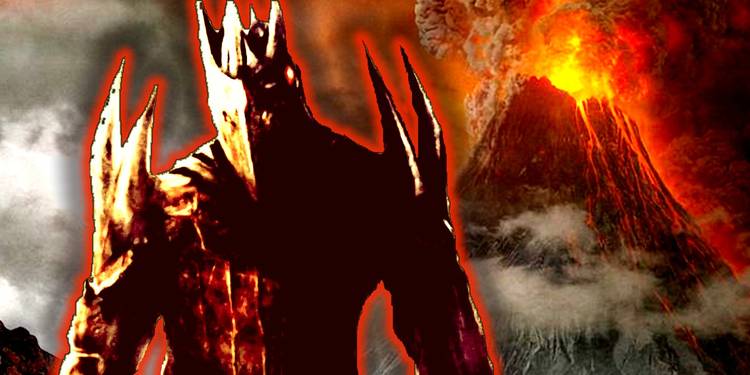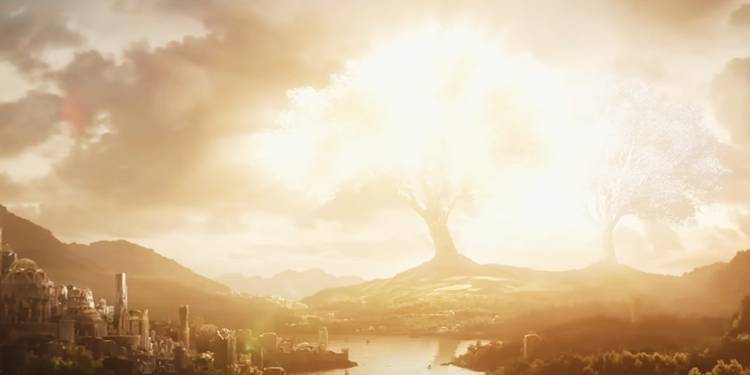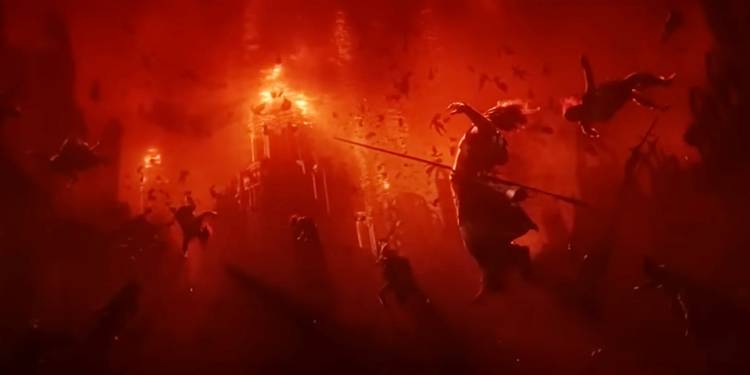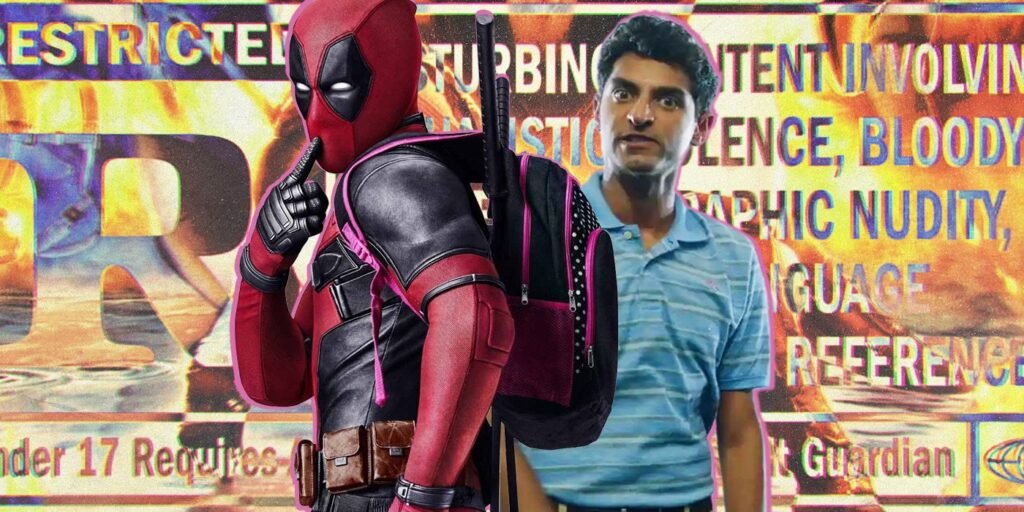
The Lord of the Rings films had no shortage of evil, maniacal figures. The Witch King of Angmar, Saruman the White and the Durin’s Bane Balrog were some of the worst, and each of them had an evil lair, which personified their evil personas. The Witch King had Minas Morgul; Saruman had Isengard, and Durin’s Bane had Moria. However, all of those awful figures and terrifying locations pale in comparison to Sauron and the land of Mordor.
In the LOTR trilogy, Mordor was the heart of wickedness. Surrounded by mountains and guarded by the Black Gate, the barren land was Sauron’s domain of darkness. From it spewed evil, hate and the armies of darkness. As awful as that sounds, The Rings of Power’s new trailer might have shown something far worse than Mordor — the First Age fortress of Angband.

There has been a significant amount of negativity leading up to The Rings of Power’s September release date. Fans have raised legitimate concerns about the series’ attention to detail and lack of adherence to LOTR lore. For example, time compression, incorrect bits of Dwarfish lore and the possibility of overuse of CGI has had fans more worried than a hobbit missing his second breakfast. However, the latest teaser has started to quell fans’ fears by finally embracing LOTR lore. The most notable way that it did so was by giving fans glimpses of the First Age.
There were glimpses of the two trees Laurelin and Telperion and, by extension, the Undying Land of Valinor. There was also a moment that looked like Noldorian Elves taking the Oath of Fëanor. While those scenes were cool, the most compelling shot happened at the 1:12 mark. Galadriel told Elrond, “You have not seen what I have seen.” Then, as if Galadriel was remembering an awful memory, there were dead bodies floating through a sea of red.
There were a few possibilities for what that scene could have been portraying. First, some fans believed that it showed the Kinslaying at Alqualondë. During that tragedy, many of the Noldor slew their fellow Elves and stole their ships so that they could flee Valinor and pursue Morgoth. Other fans believed that the scene was showing the destruction of Númenor, when the Valar made the island sink into the sea because of the people’s arrogance.

Both of those options are reasonable guesses because of the floating corpses, but neither of them are great options. Kinslaying at Alqualondë wouldn’t explain what looks like fire in the background, and the sinking of Númenor wouldn’t explain the Elfish-looking corpse. There is another option, though, and it involves evil itself.
Most LOTR fans believe that the scene is depicting one of the First Age battles, specifically the War of Wrath. During that conflict, the Valar warred against Morgoth and his evil monsters. The conflict happened around Morgoth’s fortress of Angand, which was built under the three volcanic mountains of Thangorodrim, and there were fire-breathing dragons involved. Both of those things would explain the red background, but what about the floating bodies?
While the first two options (the Kinslaying and the Fall of Númenor) explained the floating bodies by saying that they were floating in water, it’s also possible that they could be floating in the air because Morgoth’s evil powers. Similar to Vecna from Stranger Things, the bodies might just be levitating, killed in the conflict and left to show off Morgoth’s villainy. It would be intimidating, and it would be a great way to visually communicate Morgoth’s power to viewers. If this is true, and the scene depicts the War of Wrath, fans should brace themselves for an incredible display of on-screen power. When the war was over, Morgoth and the Valar altered the very shape of the world.
The Lord of the Rings: The Rings of Power premieres Sept. 2, streaming on Prime Video.





